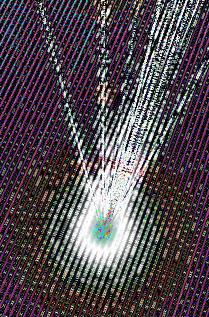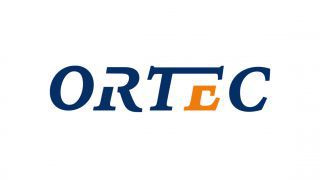Quantum silence sought
 Local experts are making major steps in bringing forward the quantum age.
Local experts are making major steps in bringing forward the quantum age.
An international research team, led by Griffith University’s Centre for Quantum Dynamics in Australia, has successfully demonstrated a method to counteract disruptive noise, which is a significant hurdle in quantum communications.
A new study, involving Dr Nora Tischler and Dr Sergei Slussarenko from the ARC Centre of Excellence for Quantum Computation and Communication Technology (CQC2T), illustrates a promising leap towards the realisation of robust, large-scale quantum networks.
“In our experiment, we sent the entangled particles to different stations inside the lab,” says Dr Tischler.
“We used entangled single photons, which are quantum particles of light.”
This experiment simulated noisy conditions that could be prevalent in real-world quantum networks.
Initially, the team showed that with only two entangled photons, the network could not maintain quantum nonlocality - a fundamental quantum phenomenon where particles remain interconnected regardless of distance - beyond a certain threshold of noise.
However, the addition of a third station to the network proved pivotal.
“By simulating real-world conditions within a controlled environment, we aimed to enhance noise tolerance and 'activate' quantum nonlocality within a network structure,” said PhD Researcher Luis Villegas-Aguilar.
This configuration allowed the researchers to overcome noise limitations and re-establish quantum nonlocality.
Dr Emanuele Polino, a postdoctoral researcher involved in the study, noted the significance of the third link, saying; “We observed that adding the third station to the network configuration allowed us to overcome the effects of noise and activate quantum nonlocality.”
This breakthrough not only deepens the understanding of quantum phenomena but also sets a foundational stone for the future development of secure and efficient quantum communication systems.
The full study is accessible here.







 Print
Print



